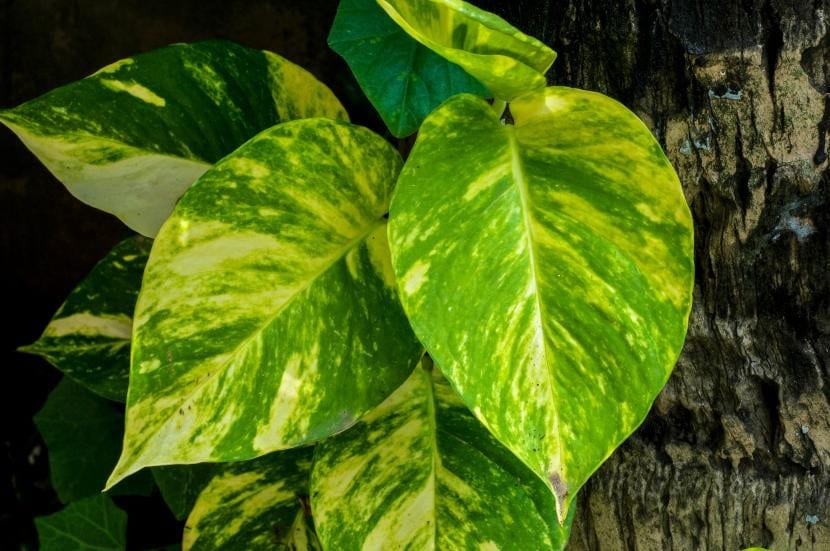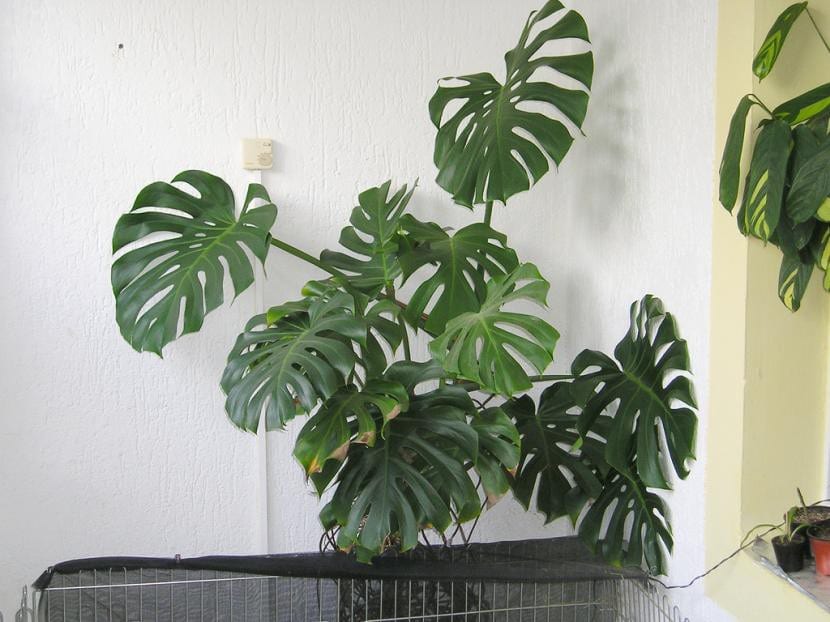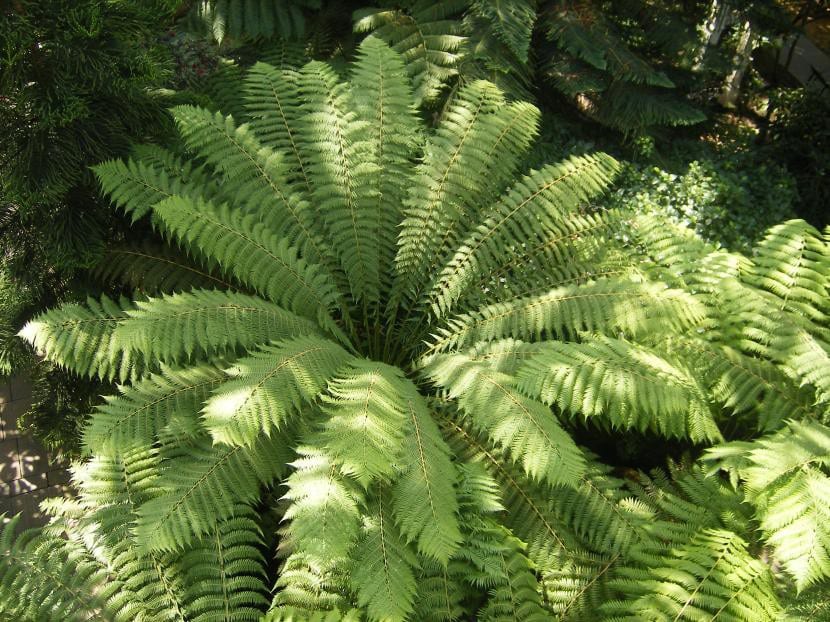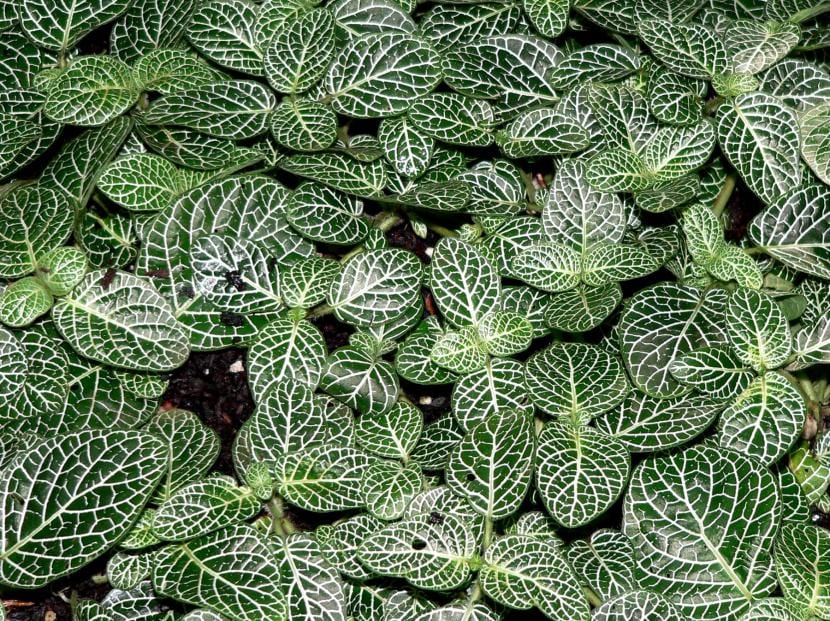
aureum
Often our homes are made up of very bright rooms, and others in which, however, it seems that the light has not yet arrived. In these areas we might think that we cannot put anything; and in fact, there are not few cases in which people resign themselves to having those corners like that, without life. But that You can change easily and quickly.
Decorate your home with these indoor plants that need little light, and return to enjoy every corner of the house.
aureum
It is likely that you have ever seen one of these beautiful climbers. It is very popular and very resistant. Water it 1-2 times a week, and fertilize it all year round (except in winter) with a liquid fertilizer for green plants. In spring you can change it to a larger pot and leave it as if it were a hanging plant, or you can choose to hook its stems on the wall. It will be very original 😉.
Monstera delicious

La Monstera delicious It is one of the plants that, I must confess, has surprised me the most. I thought it was a houseplant that needs a lot of light, but the reality is that can live quite well in a little dark corners. Like the potos, it must be watered about twice a week and paid throughout the growing season. If you see roots coming out of the drainage holes, change the pot in spring using a universal substrate mixed with 20% perlite.
ferns

Ferns are plants that grow under the shade of trees, so they are ideal to have in rooms with little light. Water them 2 or 3 times a week in summer, and 1-2 / week the rest of the year, and you will have them beautiful. Change the pot every two years, in spring, so that they can continue to grow using a substrate composed of 50% mulch (or compost) + 30% perlite + 20% worm humus (or any other organic fertilizer).
Fittonia

Fittonia are very decorative little plants. They grow to a height of 10-15cm, so they can be for their whole life potted. It needs occasional waterings, once a week, and transplants once every 3-4 years. You can use universal substrate for plants, since it is not demanding at all 🙂.
Calathea

The Calathea stand out for their decorative and precious leaves. They adapt very well to living in rooms with little light, so you will only have to worry about watering it twice a week, fertilizing it from spring to late summer with a universal fertilizer, and changing it every time the pot comes out. roots through the drainage holes or when you see that it starts to get too "tight". Use for it black peat mixed with 20% perlite and 10% humus of earthworm.
Aspidistra

We finish the list with a plant that is practically all leaves: the Aspidistra. It is grateful, being able to be both in places with a lot of light and in those that have little. They are very well planted in terracotta pots, as you can see in the image above. You have to water it once a week, and fertilize it with a universal fertilizer for green plants.
Which one did you like the most? Do you dare to illuminate that dimly lit room with these plants?
Very good information about these plants, I have the Monstera deliciosa, it is true that it eats its fruit.
Hello Juana! What follows is what I found in an old Infojardín forum; Monstera fruits can only be eaten when they are very ripe and the green plates that surround it begin to separate and fall. Its flavor is a mix between custard apple and banana. You must bear in mind that if they are not very ripe, and the whole fruit does not usually ripen at the same time, they are rich in calcium oxalate, which appears in the form of tiny crystals that will look like hairs on your tongue. Do not abuse if they are not fully mature. In any case, their flavor is tiresome, they are very pale.
Hello Juana.
Yes, indeed, it is as Alicia says: the fruits are edible, but you have to wait for them to ripen.
Greetings 🙂.